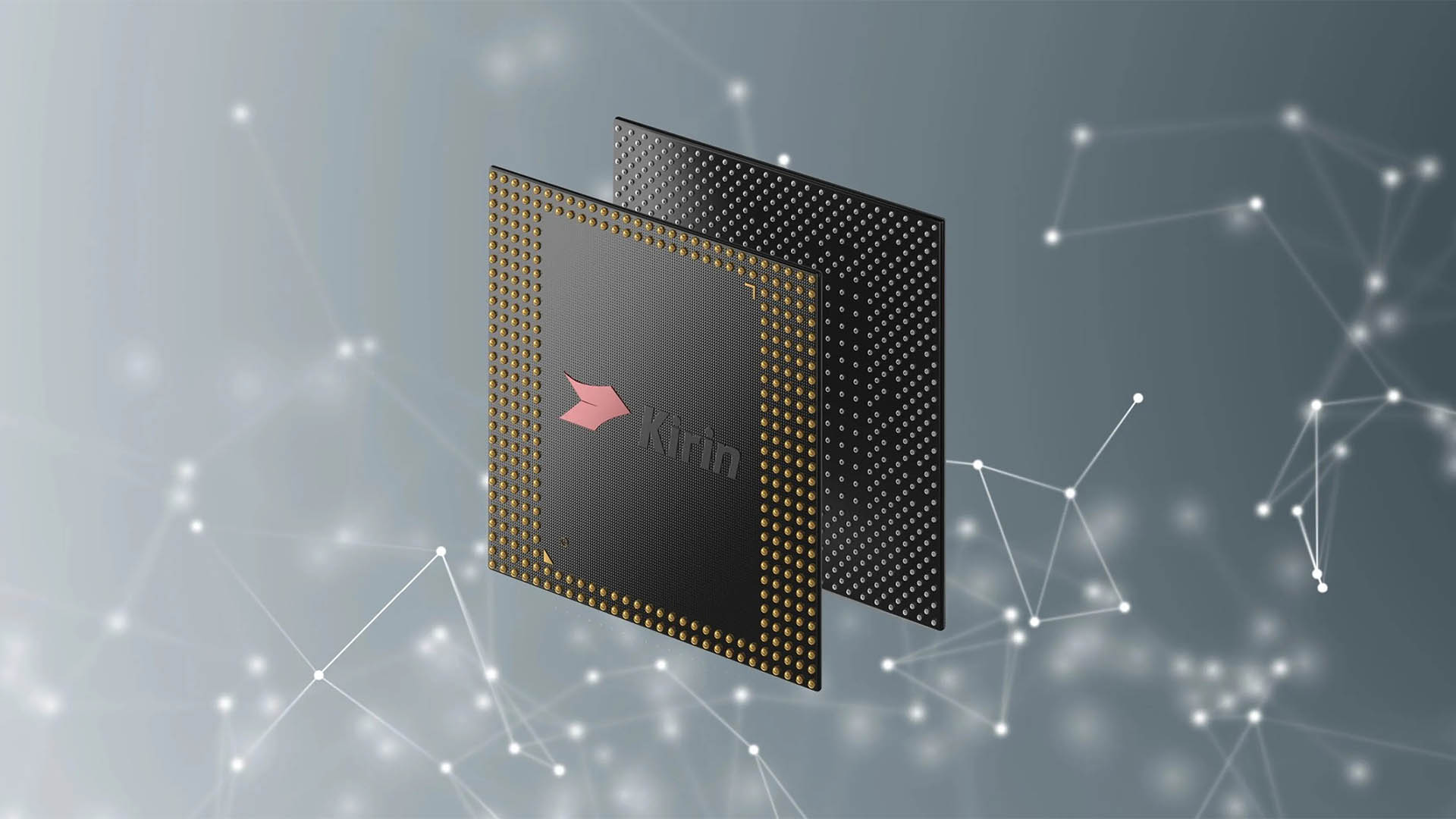Highlights
- Kirin 9010 is 30% slower than Qualcomm’s Snapdragon 8 Plus Gen 1.
- Uses the same amount of power as Snapdragon but delivers less speed.
- Manufactured using SMIC’s 7nm process due to US trade restrictions.
- Huawei’s latest phones compensate with larger 4,900mAh batteries.
Huawei’s latest Kirin 9010 chip has lots of upgrades over the older Kirin 9000S, like a 12-core CPU.
But these improvements don’t make the Kirin 9010 faster or more power-efficient than rival chips.
Tests show it’s about 30% slower than Qualcomm’s previous Snapdragon 8 Plus Gen 1 while using the same amount of power.
Performance Lags Behind
Same score as SD870’s A77 while consuming 50% more power,
Same power as SD8+’s X2 while being 30% slower,
This core is over 6 years old. pic.twitter.com/3AlHVUJGrP— Nguyen Phi Hung (@negativeonehero) April 19, 2024
In benchmark tests by @negativeonehero, one of the Kirin 9010’s performance cores used as much power as the Snapdragon 8 Plus Gen 1’s Cortex-X2 core, but was significantly slower.
Compared to the Snapdragon 870’s Cortex-A77, the tipster said the Kirin 9010 uses 50% more power, though performance differences weren’t stated.
Reasons for Slower Performance

It’s not Huawei’s fault that the once top phone brand can’t use advanced tech like TSMC’s 3nm process due to US restrictions.
Huawei had to partner with local firm SMIC to make the Kirin 9010.
Since Qualcomm used TSMC’s 4nm node for the Snapdragon 8 Plus Gen 1, it’s unsurprising it’s more power-efficient than the Kirin 9010.
While details are unclear, Huawei likely used SMIC’s 7nm process for the Kirin 9010, same as the Kirin 9000S, explaining why its performance core matches the Cortex-X2’s power use.
This may be why Huawei gave bigger 4,900mAh batteries to the Pura 70 series.
FAQs
How does the Huawei Kirin 9010 chip compare to Qualcomm’s Snapdragon 8 Plus Gen 1?
The Kirin 9010 chip is approximately 30% slower in performance than the Snapdragon 8 Plus Gen 1 while consuming the same amount of power.
What manufacturing process is used for the Huawei Kirin 9010?
Due to US restrictions, Huawei partnered with SMIC to produce the Kirin 9010 using a 7nm process, less advanced than the processes used for competing chips like Qualcomm’s.
Why does the Kirin 9010 consume more power compared to other chips?
Benchmark tests show that the Kirin 9010’s performance cores use as much power as those in Qualcomm’s older chip models but do not deliver comparable speed.
What impact do the US trade restrictions have on Huawei’s chip performance?
The US trade restrictions prevent Huawei from accessing cutting-edge manufacturing technology, contributing to the lower performance efficiency of chips like the Kirin 9010.
How has Huawei addressed the power efficiency issues in its devices?
To counterbalance the less power-efficient Kirin 9010 chip, Huawei has equipped its Pura 70 series smartphones with larger 4,900mAh batteries to ensure longer usage times.
Also Read: Leaked 3D Render Reveals Mysterious Huawei Smartphone, Could Be Nova 12 Ultra or the P70
Also Read: Huawei Enjoy 70 Launched in China: Price, Features, Specs
Also Read: Huawei’s Kirin 9000S SoC Doesn’t Fare to Well Compared to the Kirin 9000: Report
